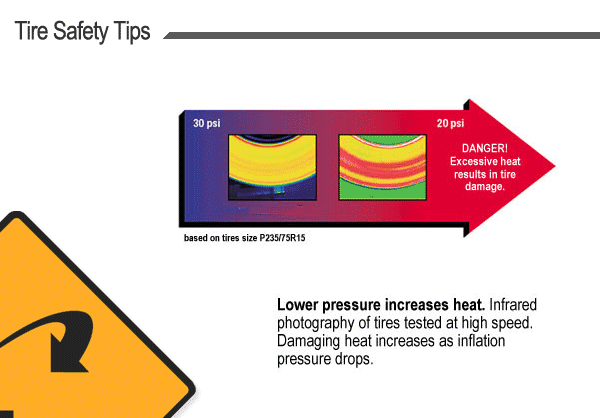The biggest
advantages - Improved tire life!
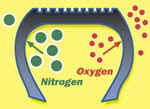
Experts in the tire industry indicate that
oxidative aging is one of the primary causes of decreased tire life.
Oxidative aging is caused by the diffusion
of oxygen from the pressurized air cavity of the tire to the outside
atmosphere. Tests have shown that if tires are inflated with nitrogen,
there is a significant reduction in tire failure
Why did race cars, military and off-road vehicles switch to Nitrogen?
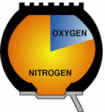 Air is about 1/5 Oxygen, and oxygen, especially at high pressures and temperatures, is a very reactive element.
When oxygen reacts with things, the process is called oxidation. When oxidation is extremely rapid, it's called "burning.
That's one reason nitrogen is used in off-highway and aircraft tires. These tires run so hot they can actually catch on fire.
Nitrogen doesn't support combustion, so nitrogen-filled tires don't add fuel to the flames. And nitrogen helps prevent slower forms of oxidation also.
Air is about 1/5 Oxygen, and oxygen, especially at high pressures and temperatures, is a very reactive element.
When oxygen reacts with things, the process is called oxidation. When oxidation is extremely rapid, it's called "burning.
That's one reason nitrogen is used in off-highway and aircraft tires. These tires run so hot they can actually catch on fire.
Nitrogen doesn't support combustion, so nitrogen-filled tires don't add fuel to the flames. And nitrogen helps prevent slower forms of oxidation also.
Nitrogen prevents other types of corrosion as well
Oxygen and moisture corrodes aluminum and steel wheels. Oxygen also reacts with rubber, another type of "corrosion".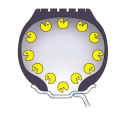 When this corrosion starts, the small particles break off and form rust and dust, which can clog valve cores, causing them to leak. The rough surfaces created from the corrosive action on the wheels leads to tire beads that don't seal properly, causing additional leaks .
When this corrosion starts, the small particles break off and form rust and dust, which can clog valve cores, causing them to leak. The rough surfaces created from the corrosive action on the wheels leads to tire beads that don't seal properly, causing additional leaks .
Oxygen also ages the inner liner, the thin layer of rubber inside the
tire whose function is to keep air away from the carcass. As the inner
liner ages, more and more air molecules can pass through it, causing
more pressure losses. As it passes through the rubber, the oxygen can also corrode the steel cords, causing them to rust too.
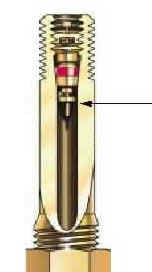
Small bits of dust and debris as a byproduct of oxidative corrosion to the wheels and alloy rims can lodge in the valve core seat, causing air leaks.
Nitrogen also will not degrade the rubber seal in the valve core which extends valve core life and helps prevents core leaks.
How does Nitrogen help?
 While both nitrogen and oxygen can permeate rubber, nitrogen does it much more slowly.
These pressure losses in a tire can average up to 2 psi a month as a result
of the air passing through the sidewalls. On the other hand it might take 6 months to lose 2 psi
with nitrogen. And nitrogen is far less reactive. It doesn't cause rust or corrosion on steel or aluminum, and it doesn't degrade rubber. Wheel surfaces stay smooth and clean, rubber remains supple and resilient.
While both nitrogen and oxygen can permeate rubber, nitrogen does it much more slowly.
These pressure losses in a tire can average up to 2 psi a month as a result
of the air passing through the sidewalls. On the other hand it might take 6 months to lose 2 psi
with nitrogen. And nitrogen is far less reactive. It doesn't cause rust or corrosion on steel or aluminum, and it doesn't degrade rubber. Wheel surfaces stay smooth and clean, rubber remains supple and resilient.
Any other reasons for using Nitrogen?
The air around us is full of water vapor, it
called humidity!!! Compressing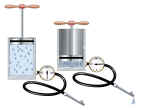 air concentrates the water in it. Draining the water from your compressor tank daily helps, but unless you have a really efficient air dryer system, chances are that there's a lot of water in your compressed air.
air concentrates the water in it. Draining the water from your compressor tank daily helps, but unless you have a really efficient air dryer system, chances are that there's a lot of water in your compressed air.
Remember physics 101... When you compress air, it takes up much less volume, but the percentage of water by
volume is greatly increased!
...and what harm does this moisture cause?
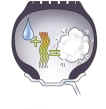
Water vapor in compressed air acts as a catalyst, accelerating rust and corrosion. Water vapor also absorbs and holds heat. And when it changes from liquid to vapor, water expands tremendously in volume.
As a result, tires inflated with wet air tend to run hotter and fluctuate in pressure more. That's one of the reasons why racing tires,
where fractions of a psi can radically change the handling characteristics, are inflated with dry nitrogen.
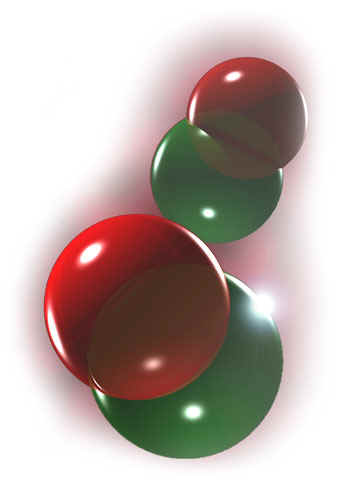

9.jpg)
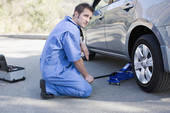

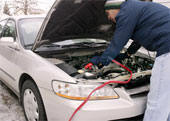
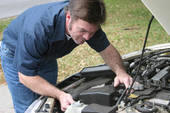
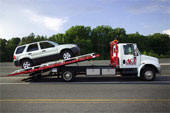
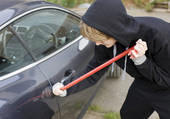


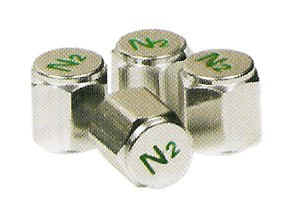
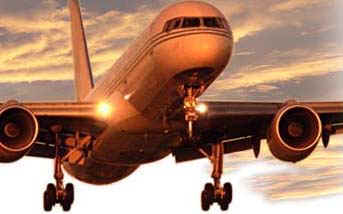
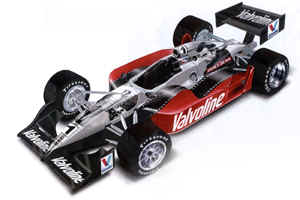
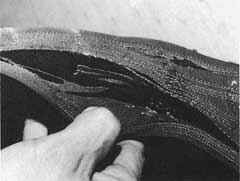
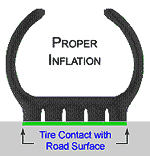
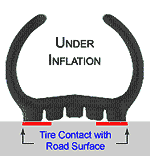

 Air is about 1/5 Oxygen, and oxygen, especially at high pressures and temperatures, is a very reactive element.
When oxygen reacts with things, the process is called oxidation. When oxidation is extremely rapid, it's called "burning.
That's one reason nitrogen is used in off-highway and aircraft tires. These tires run so hot they can actually catch on fire.
Nitrogen doesn't support combustion, so nitrogen-filled tires don't add fuel to the flames. And nitrogen helps prevent slower forms of oxidation also.
Air is about 1/5 Oxygen, and oxygen, especially at high pressures and temperatures, is a very reactive element.
When oxygen reacts with things, the process is called oxidation. When oxidation is extremely rapid, it's called "burning.
That's one reason nitrogen is used in off-highway and aircraft tires. These tires run so hot they can actually catch on fire.
Nitrogen doesn't support combustion, so nitrogen-filled tires don't add fuel to the flames. And nitrogen helps prevent slower forms of oxidation also. When this corrosion starts, the small particles break off and form rust and dust, which can clog valve cores, causing them to leak. The rough surfaces created from the corrosive action on the wheels leads to tire beads that don't seal properly, causing additional leaks .
When this corrosion starts, the small particles break off and form rust and dust, which can clog valve cores, causing them to leak. The rough surfaces created from the corrosive action on the wheels leads to tire beads that don't seal properly, causing additional leaks . 
 While both nitrogen and oxygen can permeate rubber, nitrogen does it much more slowly.
These pressure losses in a tire can average up to 2 psi a month as a result
of the air passing through the sidewalls. On the other hand it might take 6 months to lose 2 psi
with nitrogen. And nitrogen is far less reactive. It doesn't cause rust or corrosion on steel or aluminum, and it doesn't degrade rubber. Wheel surfaces stay smooth and clean, rubber remains supple and resilient.
While both nitrogen and oxygen can permeate rubber, nitrogen does it much more slowly.
These pressure losses in a tire can average up to 2 psi a month as a result
of the air passing through the sidewalls. On the other hand it might take 6 months to lose 2 psi
with nitrogen. And nitrogen is far less reactive. It doesn't cause rust or corrosion on steel or aluminum, and it doesn't degrade rubber. Wheel surfaces stay smooth and clean, rubber remains supple and resilient.
 air concentrates the water in it. Draining the water from your compressor tank daily helps, but unless you have a really efficient air dryer system, chances are that there's a lot of water in your compressed air.
air concentrates the water in it. Draining the water from your compressor tank daily helps, but unless you have a really efficient air dryer system, chances are that there's a lot of water in your compressed air.









